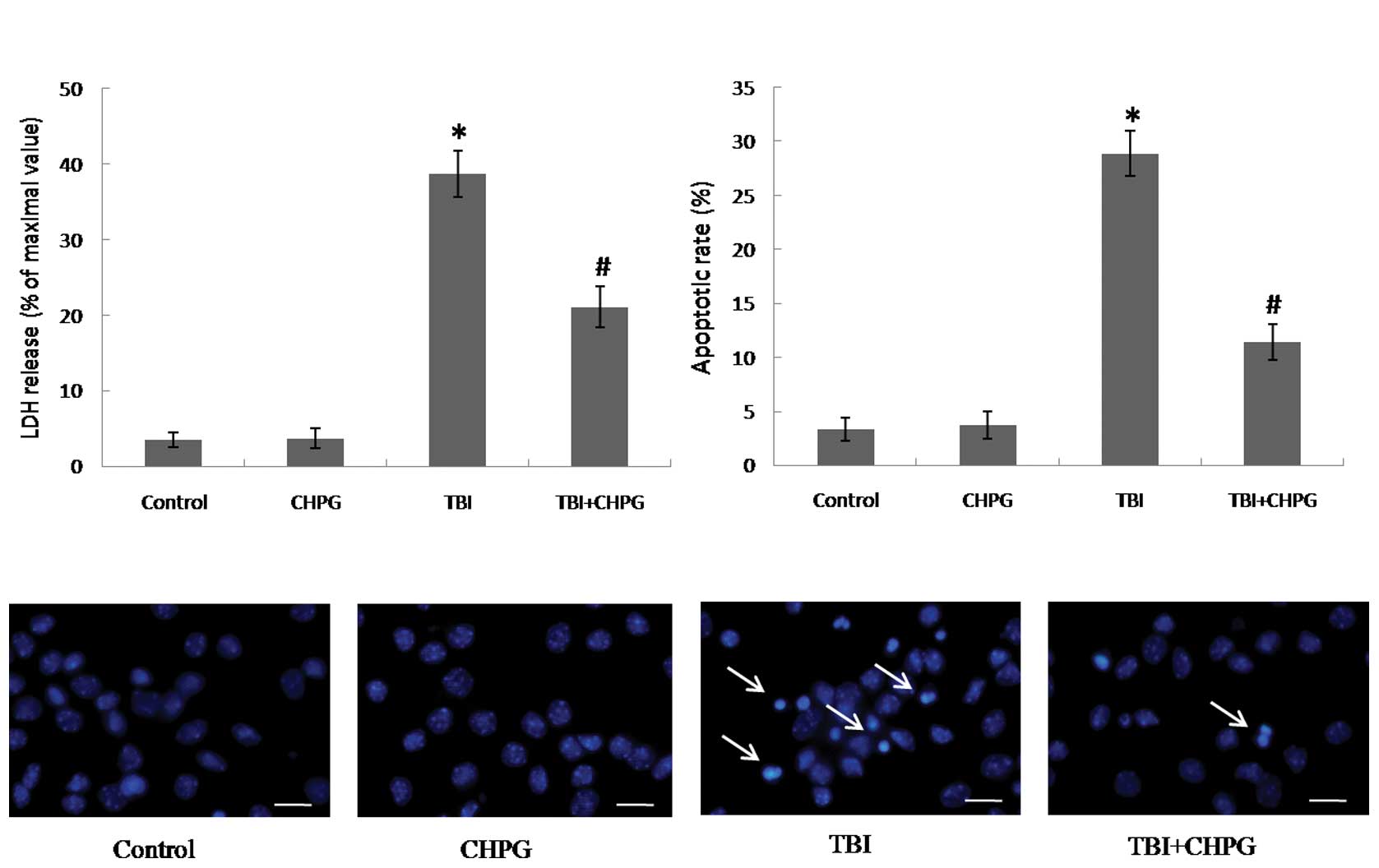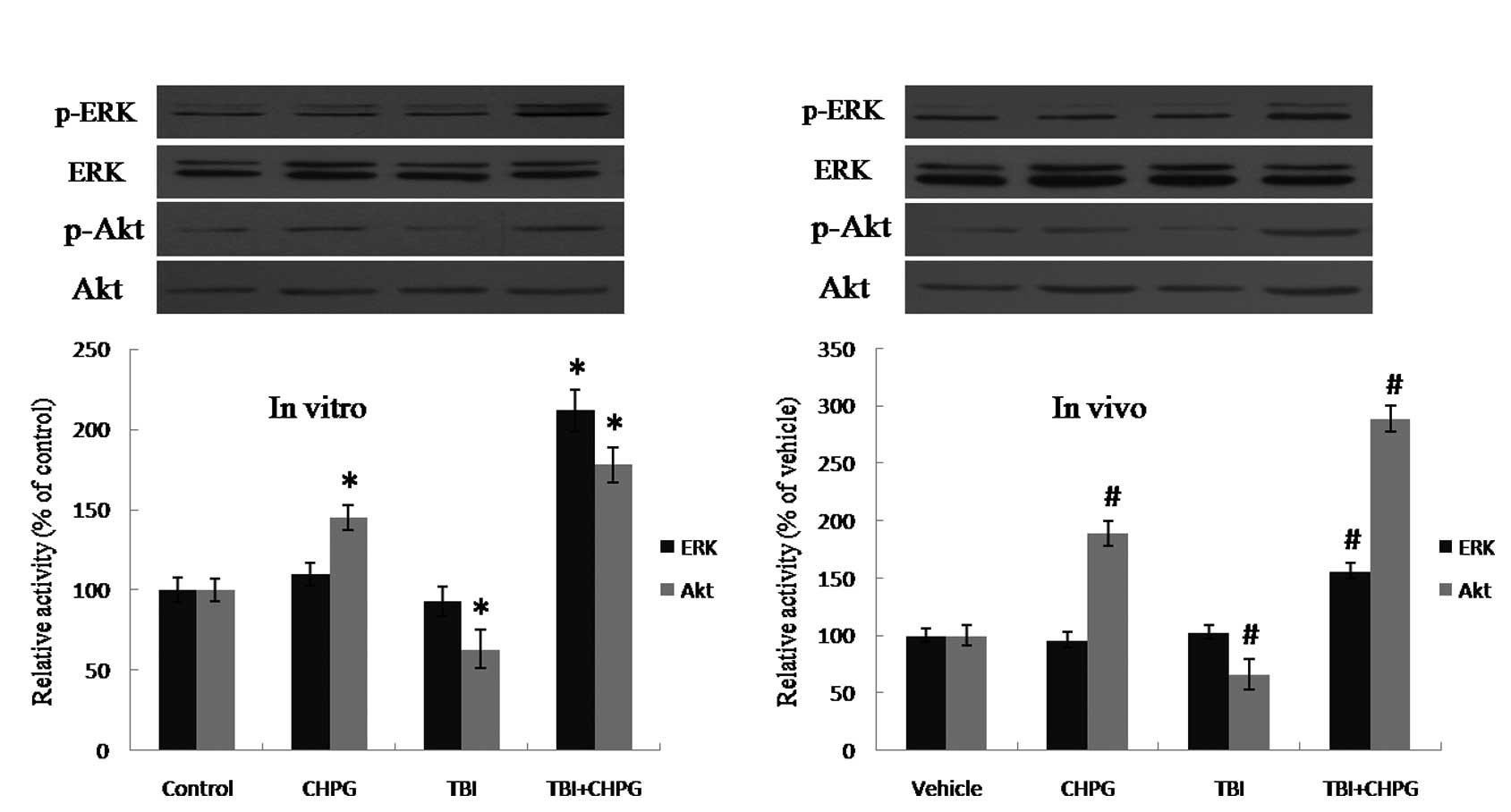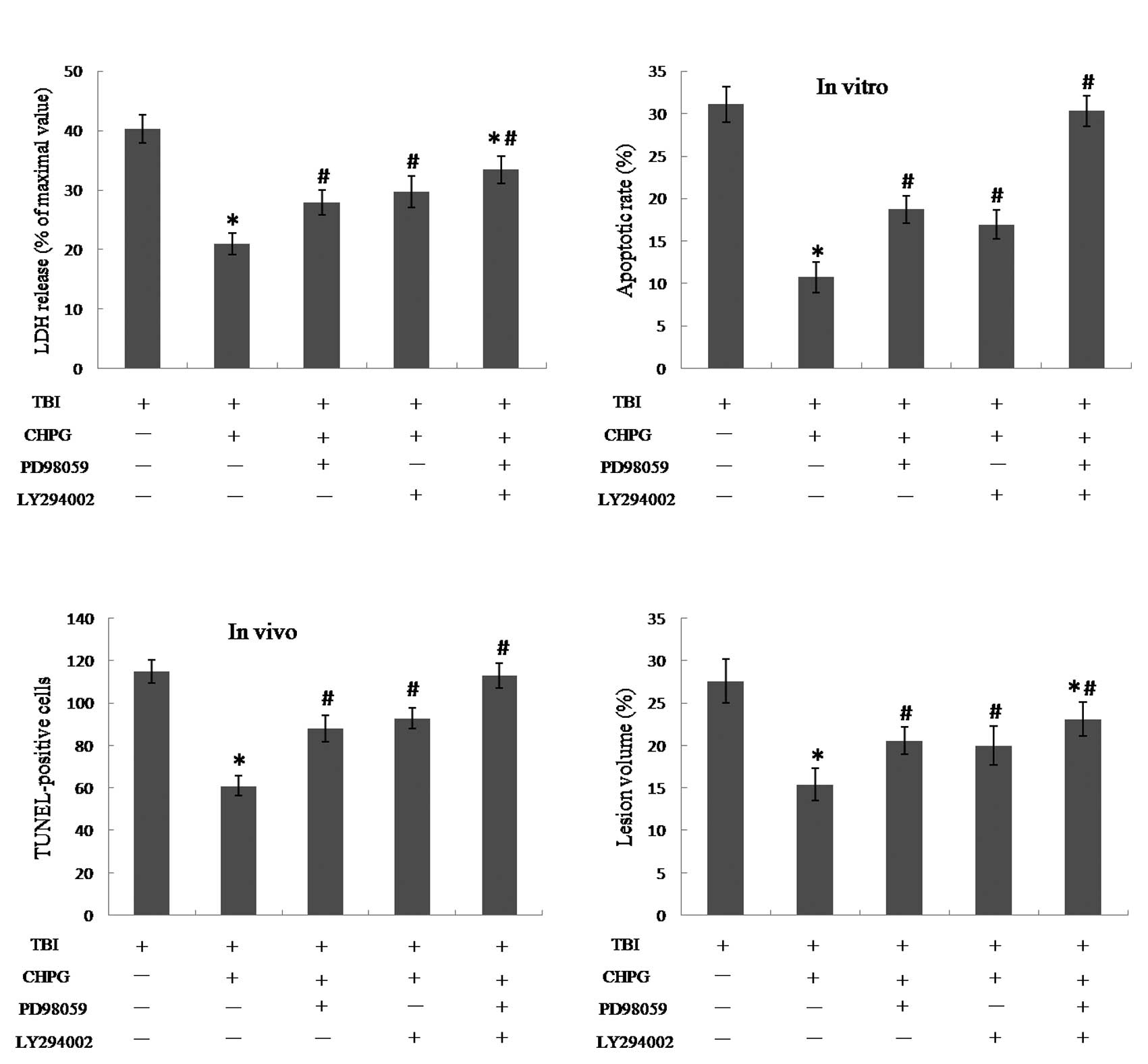|
1
|
JA LangloisW Rutland-BrownMM WaldThe
epidemiology and impact of traumatic brain injury: a brief
overviewJ Head Trauma
Rehabil21375378200610.1097/00001199-200609000-0000116983222
|
|
2
|
S YuY KanekoE BaeSeverity of controlled
cortical impact traumatic brain injury in rats and mice dictates
degree of behavioral deficitsBrain
Res1287157163200910.1016/j.brainres.2009.06.06719573519
|
|
3
|
A MammisTK McIntoshAH
ManikerErythropoietin as a neuroprotective agent in traumatic brain
injury ReviewSurg
Neurol71527531200910.1016/j.surneu.2008.02.04018789503
|
|
4
|
JW FinniePC BlumbergsTraumatic brain
injuryVet Pathol39679689200210.1354/vp.39-6-679
|
|
5
|
TW McAllisterPsychopharmacological issues
in the treatment of TBI and PTSDClin
Neuropsychol2313381367200910.1080/1385404090327728919882475
|
|
6
|
RK NarayanME MichelB AnsellClinical trials
in head injuryJ
Neurotrauma19503557200210.1089/08977150275375403712042091
|
|
7
|
R BullockA ZaunerJJ WoodwardFactors
affecting excitatory amino acid release following severe human head
injuryJ Neurosurg89507518199810.3171/jns.1998.89.4.05079761042
|
|
8
|
R BullockA ZaunerJS MyserosA MarmarouJJ
WoodwardHF YoungEvidence for prolonged release of excitatory amino
acids in severe human head trauma. Relationship to clinical
eventsAnn NY Acad
Sci765290298199510.1111/j.1749-6632.1995.tb16586.x7486616
|
|
9
|
AI FadenP DemediukSS PanterR VinkThe role
of excitatory amino acids and NMDA receptors in traumatic brain
injuryScience244798800198910.1126/science.25670562567056
|
|
10
|
J SchumannGA AlexandrovichA BiegonR
YakaInhibition of NR2B phosphorylation restores alterations in NMDA
receptor expression and improves functional recovery following
traumatic brain injury in miceJ
Neurotrauma25945957200810.1089/neu.2008.0521
|
|
11
|
L YurkewiczJ WeaverMR BullockLF
MarshallThe effect of the selective NMDA receptor antagonist
traxoprodil in the treatment of traumatic brain injuryJ
Neurotrauma2214281443200510.1089/neu.2005.22.142816379581
|
|
12
|
L BelayevOF AlonsoY LiuTalampanel, a novel
noncompetitive AMPA antagonist, is neuroprotective after traumatic
brain injury in ratsJ
Neurotrauma1810311038200110.1089/0897715015269372811686490
|
|
13
|
H HomayounB MoghaddamGroup 5 metabotropic
glutamate receptors: role in modulating cortical activity and
relevance to cognitionEur J
Pharmacol6393339201010.1016/j.ejphar.2009.12.04220371231
|
|
14
|
BG LyethQZ GongS ShieldsJP MuizelaarRF
BermanGroup I metabotropic glutamate antagonist reduces acute
neuronal degeneration and behavioral deficits after traumatic brain
injury in ratsExp Neurol169191199200110.1006/exnr.2001.7643
|
|
15
|
QZ GongTM DelahuntyRJ HammBG
LyethMetabotropic glutamate antagonist, MCPG, treatment of
traumatic brain injury in ratsBrain
Res700299302199510.1016/0006-8993(95)01081-68624726
|
|
16
|
Z FeiX ZhangHM BaiXF JiangXL
WangMetabotropic glutamate receptor antagonists and agonists:
potential neuroprotectors in diffuse brain injuryJ Clin
Neurosci1310231027200610.1016/j.jocn.2005.11.04217113985
|
|
17
|
AI FadenDM O'LearyL FanW BaoPG MullinsVA
MovsesyanSelective blockade of the mGluR1 receptor reduces
traumatic neuronal injury in vitro and improves outcome after brain
traumaExp Neurol167435444200110.1006/exnr.2000.757711161632
|
|
18
|
A MukhinL FanAI FadenActivation of
metabotropic glutamate receptor subtype mGluR1 contributes to
post-traumatic neuronal injuryJ Neurosci166012602019968815884
|
|
19
|
N MorinL GregoireB Gomez-MancillaF
GaspariniT Di PaoloEffect of the metabotropic glutamate receptor
type 5 antagonists MPEP and MTEP in parkinsonian
monkeysNeuropharmacology58981986201010.1016/j.neuropharm.2009.12.02420074579
|
|
20
|
A CopaniG CasabonaV BrunoThe metabotropic
glutamate receptor mGlu5 controls the onset of developmental
apoptosis in cultured cerebellar neuronsEur J
Neurosci1021732184199810.1046/j.1460-9568.1998.00230.x9753103
|
|
21
|
A CopaniV BrunoG BattagliaActivation of
metabotropic glutamate receptors protects cultured neurons against
apoptosis induced by beta-amyloid peptideMol
Pharmacol4789089719957746277
|
|
22
|
X XuCC ChuaJ GaoNeuroprotective effect of
humanin on cerebral ischemia/reperfusion injury is mediated by a
PI3K/Akt pathwayBrain
Res12271218200810.1016/j.brainres.2008.06.01818590709
|
|
23
|
B GuerraM DiazR AlonsoR MarinPlasma
membrane oestrogen receptor mediates neuroprotection against
beta-amyloid toxicity through activation of Raf-1/MEK/ERK cascade
in septal-derived cholinergic SN56 cellsJ
Neurochem9199109200410.1111/j.1471-4159.2004.02695.x
|
|
24
|
L HouE KlannActivation of the
phosphoinositide 3-kinase-Akt-mammalian target of rapamycin
signaling pathway is required for metabotropic glutamate
receptor-dependent long-term depressionJ
Neurosci2463526361200410.1523/JNEUROSCI.0995-04.200415254091
|
|
25
|
ES ChoeJQ WangGroup I metabotropic
glutamate receptor activation increases phosphorylation of cAMP
response element-binding protein, Elk-1, and extracellular
signal-regulated kinases in rat dorsal striatumBrain Res Mol Brain
Res947584200110.1016/S0169-328X(01)00217-0
|
|
26
|
L RedmondAH KashaniA GhoshCalcium
regulation of dendritic growth via CaM kinase IV and CREB-mediated
transcriptionNeuron349991010200210.1016/S0896-6273(02)00737-712086646
|
|
27
|
WD HuangZ FeiX ZhangTraumatic injury
induced homer-1a gene expression in cultured cortical neurons of
ratNeurosci Lett3894650200510.1016/j.neulet.2005.07.01416087291
|
|
28
|
M FukushimaSM LeeN MoroDA HovdaRL
SuttonMetabolic and histologic effects of sodium pyruvate treatment
in the rat after cortical contusion injuryJ
Neurotrauma2610951110200910.1089/neu.2008.077119594384
|
|
29
|
R LujanZ NusserJD RobertsR ShigemotoP
SomogyiPerisynaptic location of metabotropic glutamate receptors
mGluR1 and mGluR5 on dendrites and dendritic spines in the rat
hippocampusEur J
Neurosci814881500199610.1111/j.1460-9568.1996.tb01611.x8758956
|
|
30
|
C RomanoMA SesmaCT McDonaldK O'MalleyAN
Van den PolJW OlneyDistribution of metabotropic glutamate receptor
mGluR5 immunoreactivity in rat brainJ Comp
Neurol355455469199510.1002/cne.9035503107636025
|
|
31
|
VA MovsesyanDM O'LearyL FanmGluR5
antagonists 2-methyl-6-(phenylethynyl)-pyridine and
(E)-2-methyl-6-(2-phenylethenyl)-pyridine reduce traumatic neuronal
injury in vitro and in vivo by antagonizing N-methyl-D-aspartate
receptorsJ Pharmacol Exp Ther29641472001
|
|
32
|
VA MovsesyanBA StoicaAI FadenMGLuR5
activation reduces beta-amyloid-induced cell death in primary
neuronal cultures and attenuates translocation of cytochrome c and
apoptosis-inducing factorJ
Neurochem8915281536200410.1111/j.1471-4159.2004.02451.x15189356
|
|
33
|
F LiuX GongG ZhangK MarquisP ReinhartTH
AndreeThe inhibition of glycogen synthase kinase 3beta by a
metabotropic glutamate receptor 5 mediated pathway confers
neuroprotection to Abeta peptidesJ
Neurochem9513631372200510.1111/j.1471-4159.2005.03474.x16277616
|
|
34
|
AJ DohertyMJ PalmerJM HenleyGL
CollingridgeDE Jane(RS)-2-chloro-5-hydroxyphenylglycine (CHPG)
activates mGlu5, but no mGlu1, receptors expressed in CHO cells and
potentiates NMDA responses in the
hippocampusNeuropharmacology36265267199710.1016/S0028-3908(97)00001-49144665
|
|
35
|
L YangL MaoQ TangS SamdaniZ LiuJQ WangA
novel Ca2+-independent signaling pathway to
extracellular signal-regulated protein kinase by coactivation of
NMDA receptors and metabotropic glutamate receptor 5 in neuronsJ
Neurosci2410846108572004
|
|
36
|
Y KurokiK FukushimaY KandaK MizunoY
WatanabeNeuroprotection by estrogen via extracellular
signal-regulated kinase against quinolinic acid-induced cell death
in the rat hippocampusEur J
Neurosci13472476200110.1046/j.0953-816x.2000.01409.x11168553
|
|
37
|
Y ZhuGY YangB AhlemeyerTransforming growth
factor-beta 1 increases bad phosphorylation and protects neurons
against damageJ Neurosci2238983909200212019309
|
|
38
|
PK DashSA MachAN MooreThe role of
extracellular signal-regulated kinase in cognitive and motor
deficits following experimental traumatic brain
injuryNeuroscience114755767200210.1016/S0306-4522(02)00277-412220576
|
|
39
|
CM AtkinsAA Oliva JrOF AlonsoHypothermia
treatment potentiates ERK1/2 activation after traumatic brain
injuryEur J
Neurosci26810819200710.1111/j.1460-9568.2007.05720.x17666079
|
|
40
|
K FukunagaT KawanoAkt is a molecular
target for signal transduction therapy in brain ischemic insultJ
Pharmacol Sci92317327200310.1254/jphs.92.31712939516
|
|
41
|
CJ MullonkalLH Toledo-PereyraAkt in
ischemia and reperfusionJ Invest
Surg20195203200710.1080/0894193070136647117613695
|
|
42
|
ZZ ChongF LiK MaieseActivating Akt and the
brain's resources to drive cellular survival and prevent
inflammatory injuryHistol Histopathol202993152005
|
|
43
|
MH CardoneN RoyHR StennickeRegulation of
cell death protease caspase-9 by
phosphorylationScience28213181321199810.1126/science.282.5392.13189812896
|
|
44
|
SR DattaH DudekX TaoAkt phosphorylation of
BAD couples survival signals to the cell-intrinsic death
machineryCell91231241199710.1016/S0092-8674(00)80405-59346240
|
|
45
|
GM LeinningerC BackusMD UhlerSI LentzEL
FeldmanPhosphatidylinositol 3-kinase and Akt effectors mediate
insulin-like growth factor-I neuroprotection in dorsal root ganglia
neuronsFASEB J1815441546200415319368
|
|
46
|
S PugazhenthiA NesterovaC SableAkt/protein
kinase B up-regulates Bcl-2 expression through cAMP-response
element-binding proteinJ Biol
Chem2751076110766200010.1074/jbc.275.15.1076110753867
|
|
47
|
G MajnoI JorisApoptosis, oncosis, and
necrosis. An overview of cell deathAm J Pathol14631519957856735
|
|
48
|
PG SullivanJN KellerWL BussenSW
ScheffCytochrome c release and caspase activation after traumatic
brain injuryBrain
Res9498896200210.1016/S0006-8993(02)02968-212213303
|















